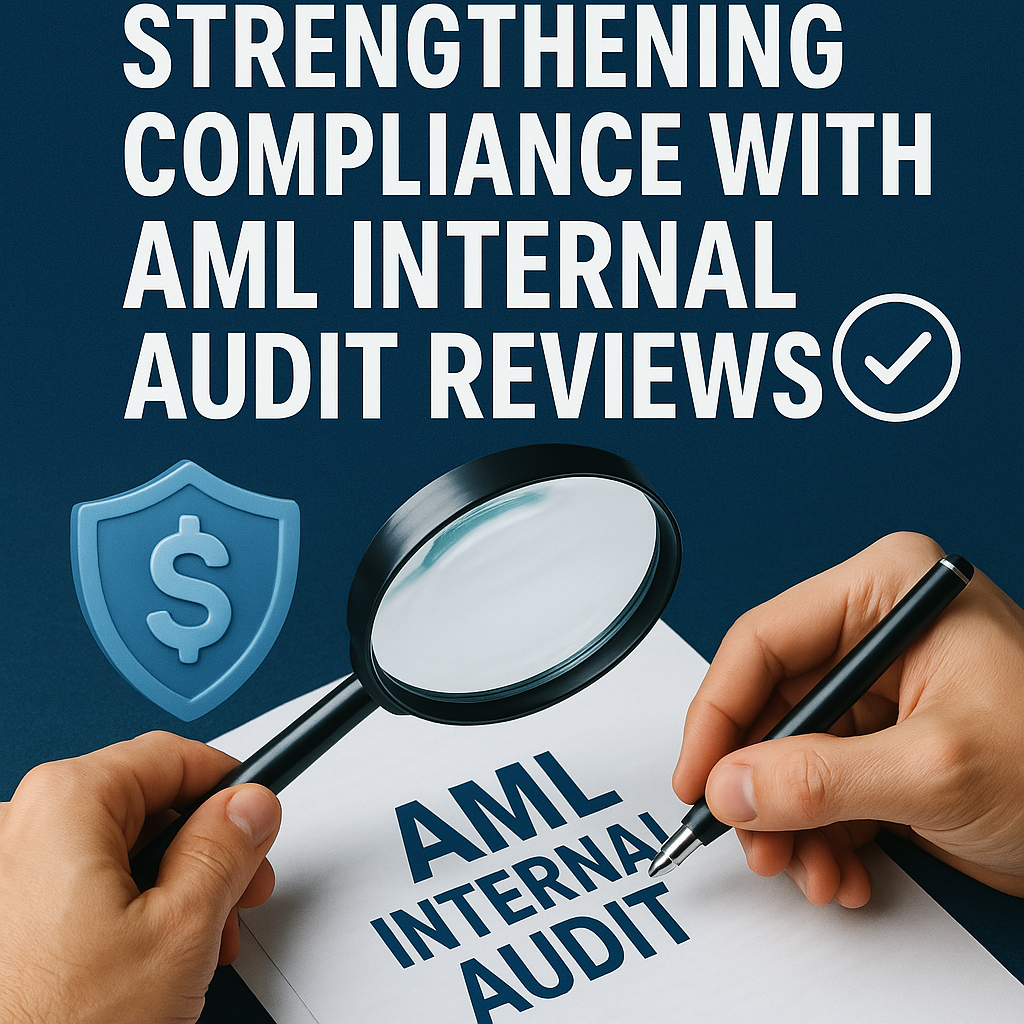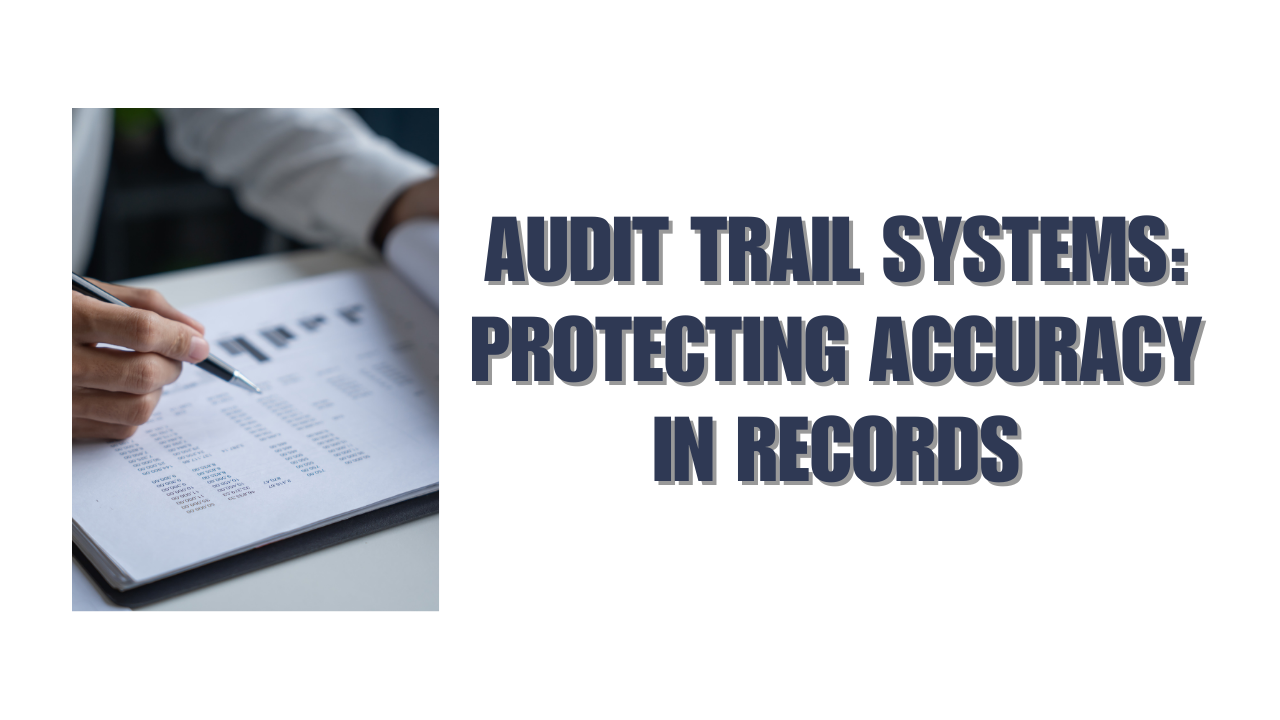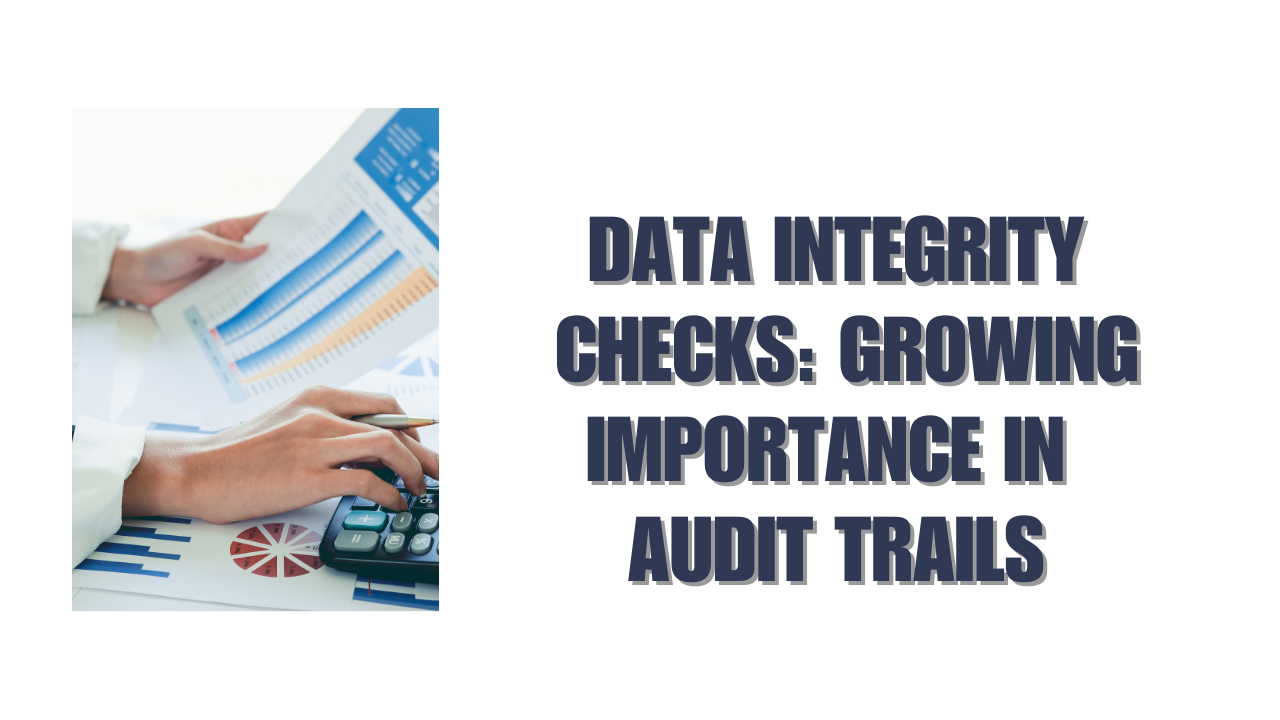Money laundering is a serious risk for any organization handling financial transactions. That’s why regulators around the world require companies to have strong anti-money laundering (AML) controls. But having policies isn’t enough—you also need to test if they actually work. That’s where the AML internal audit comes in.
An AML internal audit is a regular review of your own AML system. It helps you find and fix problems before they lead to legal trouble. Whether you’re a financial firm, real estate business, or law practice, doing an internal audit shows regulators you take compliance seriously.
In this blog, we’ll explain why AML internal audit reviews are so important, how they should be done, and what you need to include in your audit process.
What Is an AML Internal Audit Review?
An AML internal audit review is a detailed self-check of your anti-money laundering framework. It focuses on testing how well your policies, systems, and procedures are working in real life.
This is not just a quick scan. It’s a structured, independent review that checks:
- If you’re following AML laws and guidelines
- If your internal policies are clear and up to date
- If employees understand and follow the right steps
- If your systems are catching suspicious activity effectively
The audit must be independent of the AML function—meaning it should be done by someone who is not involved in the daily AML operations. This keeps the review neutral and honest.
It’s your chance to find gaps, weaknesses, or blind spots before a regulator does.
The Role of AML Internal Audit in Risk Management
The audit plays a major role in identifying and reducing risk. Even with great policies, you can’t be sure they’re working unless you test them.
Here’s how internal audits help manage AML risks:
- Check Weak Areas
Audits uncover weak points in onboarding, monitoring, or staff training that could allow illegal funds to pass through.
- Support Decision-Making
Audit results help compliance teams and management make better choices, backed by real findings.
- Track Changes Over Time
Comparing past audits helps you see progress—or notice areas that are getting worse.
- Stay Regulator-Ready
Frequent internal audits mean fewer surprises during a regulatory exam.
- Prevent Penalties
Identifying and fixing problems early keeps you from being fined or facing public exposure.
An effective AML audit is more than a formality—it’s a key part of your business risk strategy.
Key Areas to Cover in Your AML Internal Audit
To make your AML internal audit complete, it must review all the core areas of your compliance program. Each part should be tested carefully.
Here are the main components you should include:
- Risk Assessment
Is your AML risk assessment up to date? Does it reflect the real risks your business faces?
- Customer Due Diligence (CDD)
Are you properly verifying customer identity and assessing risk levels, especially for high-risk clients?
- Transaction Monitoring
Is your monitoring system working as it should? Are alerts being reviewed and resolved quickly?
- Reporting
Are suspicious transaction reports (STRs) filed on time and documented well?
- Training Programs
Are staff receiving regular, role-specific AML training? Are the training records complete?
- Recordkeeping
Are all AML-related documents being kept for the legally required time period?
These areas must be checked against both internal policies and regulatory expectations.
Signs Your AML Internal Audit Needs Improvement
A weak internal audit process can give you a false sense of security. Watch for these signs that your AML internal audit may not be doing its job:
- No written audit plan or checklist
- Same person runs AML operations and audits (lack of independence)
- No follow-up after previous audits
- Audit findings are vague or too general
- Senior management is not involved in reviewing results
- Audits are skipped or delayed
- Staff are unaware of audit findings
Fixing these issues improves audit quality and makes your entire program stronger.
How to Prepare for an AML Internal Audit
Being ready for your AML internal audit saves time and leads to better results. Here’s how you can prepare:
1. Update Documents
Make sure your policies, procedures, and training logs are current.
2. Organize Records
Have your CDD files, STR reports, and monitoring logs in order.
3. Brief Your Team
Let relevant staff know the audit is happening. They may be asked to answer questions or provide data.
4. Check Last Audit
Review past audit findings. Were the issues fixed? If not, prepare an update.
5. Clarify Audit Scope
Know exactly what the audit will cover—this helps with data collection and cooperation.
Good preparation ensures that your audit is accurate, fair, and efficient.
Benefits of a Strong AML Internal Audit Program
A consistent and well-run AML internal audit program delivers big benefits for your business:
- Better Risk Control
You’ll identify and fix weaknesses early, keeping your business safe.
- Stronger Reputation
A solid audit program shows clients, partners, and regulators that you’re serious about compliance.
- More Confident Staff
Employees know what’s expected and are more likely to follow procedures.
- Cost Savings
Avoiding fines, investigations, or system failures can save thousands—or millions—over time.
- Audit Trail for Regulators
Having a clear audit history gives regulators confidence in your processes.
Over time, your audits become more than a requirement—they become a valuable internal tool.
FAQ: AML Internal Audit
1. How is an AML internal audit different from a compliance review?
An internal audit is a formal, structured process that checks how well your AML program works in practice. A compliance review may be less detailed and focused more on policies than on performance. The audit digs deeper and usually follows a set schedule with formal reporting.
2. What should be included in an AML internal audit checklist?
A checklist should include customer due diligence, risk assessment, transaction monitoring, training programs, recordkeeping, suspicious activity reporting, and follow-up processes. It helps auditors stay organized and ensure all key compliance areas are reviewed properly.
3. Who should review the results of an AML internal audit?
Senior management and the compliance officer should both review the audit findings. This ensures proper oversight and accountability. If problems are found, action plans should be created and tracked until fully resolved.
4. Can AML internal audits be done by external consultants?
No. If done by a third-party, it’s considered an external audit. Internal audits must be performed by someone within the company who is independent of daily AML work—such as an internal audit team or another qualified employee.
5. What happens after the AML internal audit is completed?
After the audit, a report is shared with leadership. It includes key findings, risks, and recommendations. Then a follow-up plan is created to correct any issues. Progress is monitored over time to ensure compliance improves and remains strong.
Conclusion
Your AML internal audit is not just about ticking boxes—it’s about building a safer, smarter, and more responsible business. It helps you manage risk, prepare for regulators, and protect your company from being used for criminal purposes.
Whether you’re just starting or reviewing an existing program, make your audit process a priority. If you’d like help creating a checklist, template, or internal audit report format, feel free to ask. I’m here to help make AML simpler for your business.






